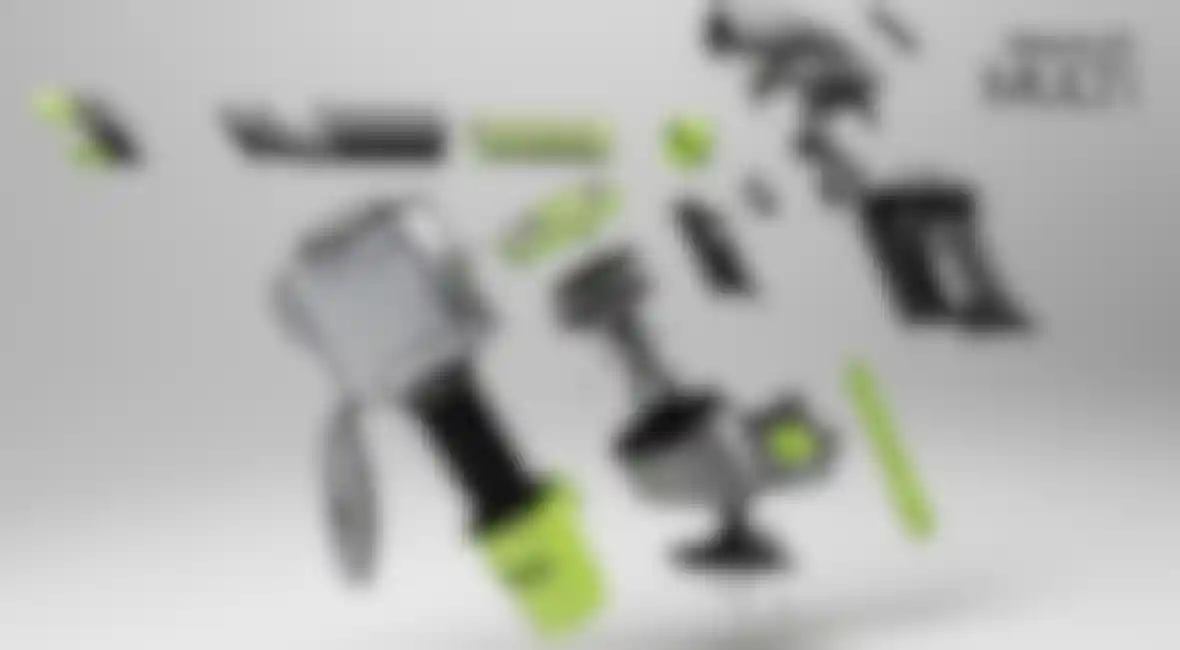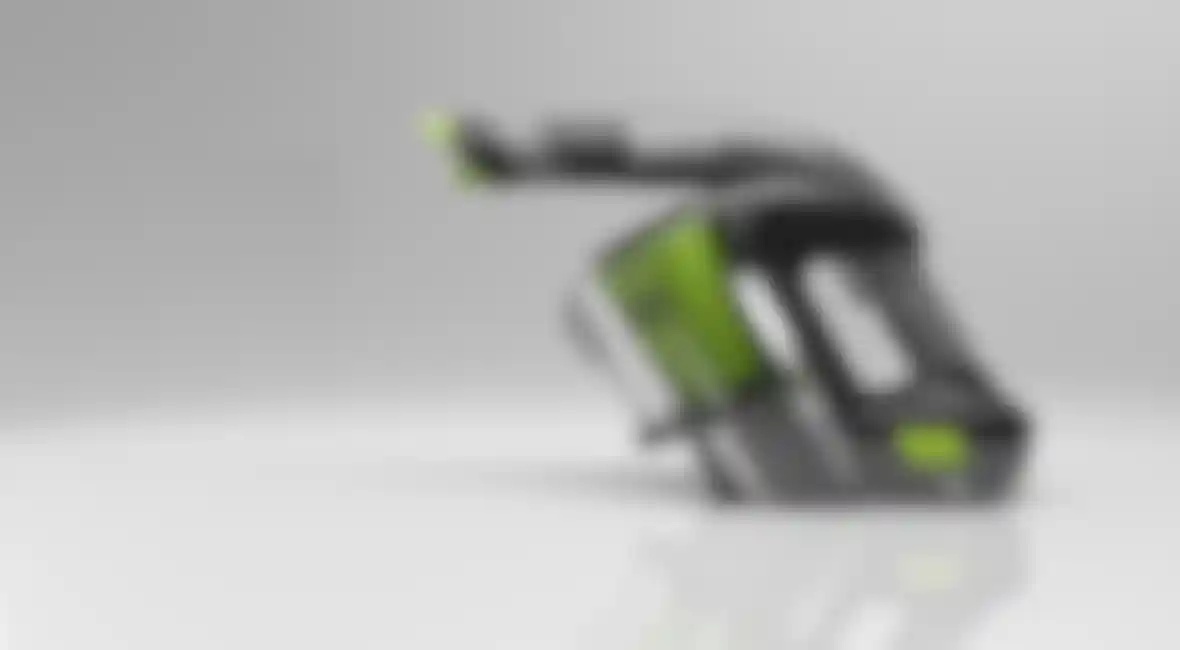
Gtech Vacuum Cleaners Wipe the Floor with Cinema 4D To show off its new Gtech Multi hand-held vacuum cleaner, Grey Technology turned to Bomper Studios for this polished promo video.
The humble vacuum cleaner has undergone something of a renaissance since James Dyson invented the canister vacuum cleaner. Now British inventor Nick Grey has taken the idea a step further with his Gtech range of battery-powered vacuum cleaners that are light, powerful, and can even outperform systems running on electricity.
To help promote its new portable Gtech Multi, Grey Technology approached Bomper Studios based in Caerphilly, Wales, with a brief to produce an info graphic-style animation showing how the device works and highlighting its advantages. The resulting 1080p HD sequence required a mixture of illustrative and photo-realistic rendering, showing the internal workings of the device, as well as its components and attachments.
"The animation had to highlight the benefits of this new vacuum cleaner and compare it to current generic upright cleaners on the market," explains Emlyn Davies, Creative Director at Bomper. "We were also supplied with a full storyboard and script that really helped define each shot and look of the 90-second animation."
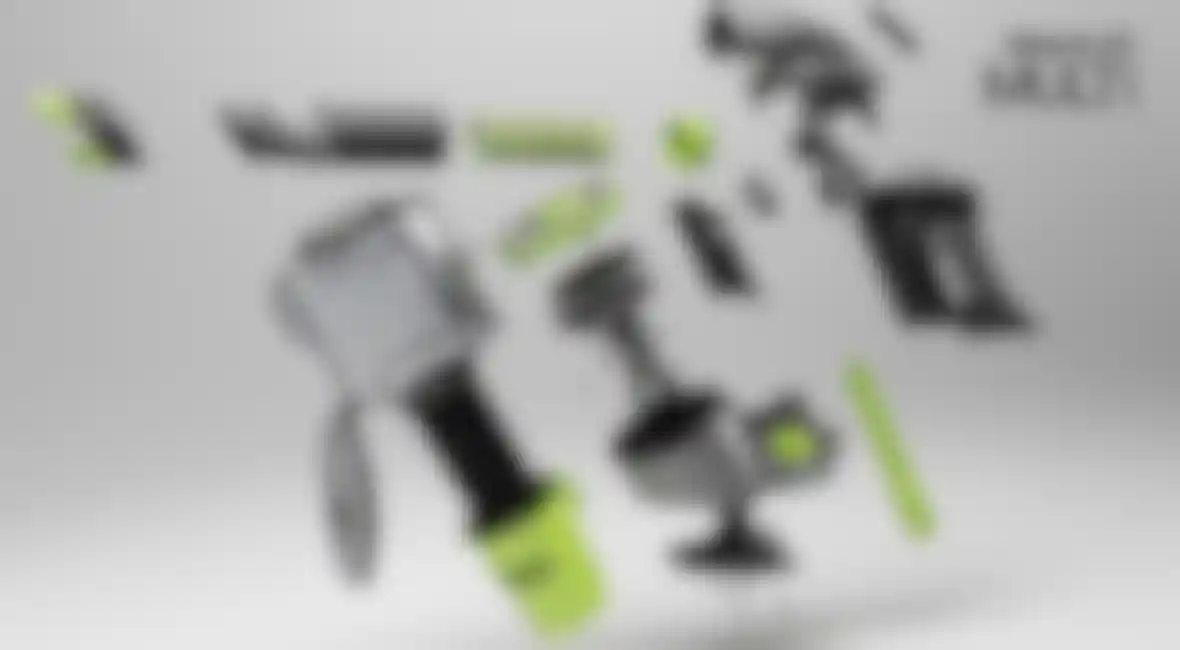
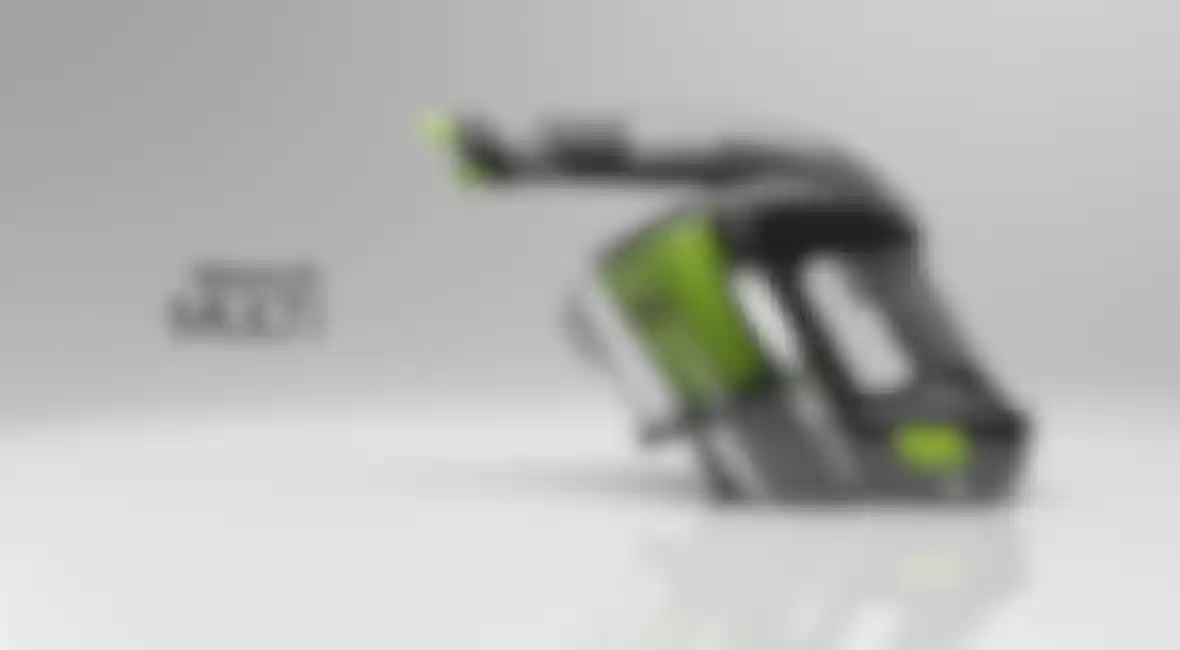
The team's first task was to clean up the vacuum model, which Grey Technology supplied as a CAD file in STL format from Autodesk Inventor. Although Cinema 4D can import STL files, Bomper used a dedicated modeling app called Moment of Inspiration - or MoI - from Triple Squid Software Design to gain more control over the export process.
"It was time-consuming," says Emlyn, "as most of the sections had to be imported separately to keep the number of facets in the models high enough to help retain the curvature of the parts."
Fortunately, MoI performed admirably. "The resulting meshes were exported as OBJ files, which required minimum clean up in Cinema 4D. Finally, a few sections were deleted, as they wouldn't be seen in the animation."
With the model prepped, it was then a question of setting up the various animations, revealing the vacuum's different parts and showing it in operation. One of the trickier tasks was representing the concertina-style hose as it cleans a sofa - an effect achieved using hierarchies, XPresso and a Spline Wrap modifier. "We created a spline equal to the overall length of the hose with evenly-spaced points along its length," explains Emlyn. "Then we added several nulls that are pinned on each section of the spline at each point - these control the movement and help us animate the overall hose."
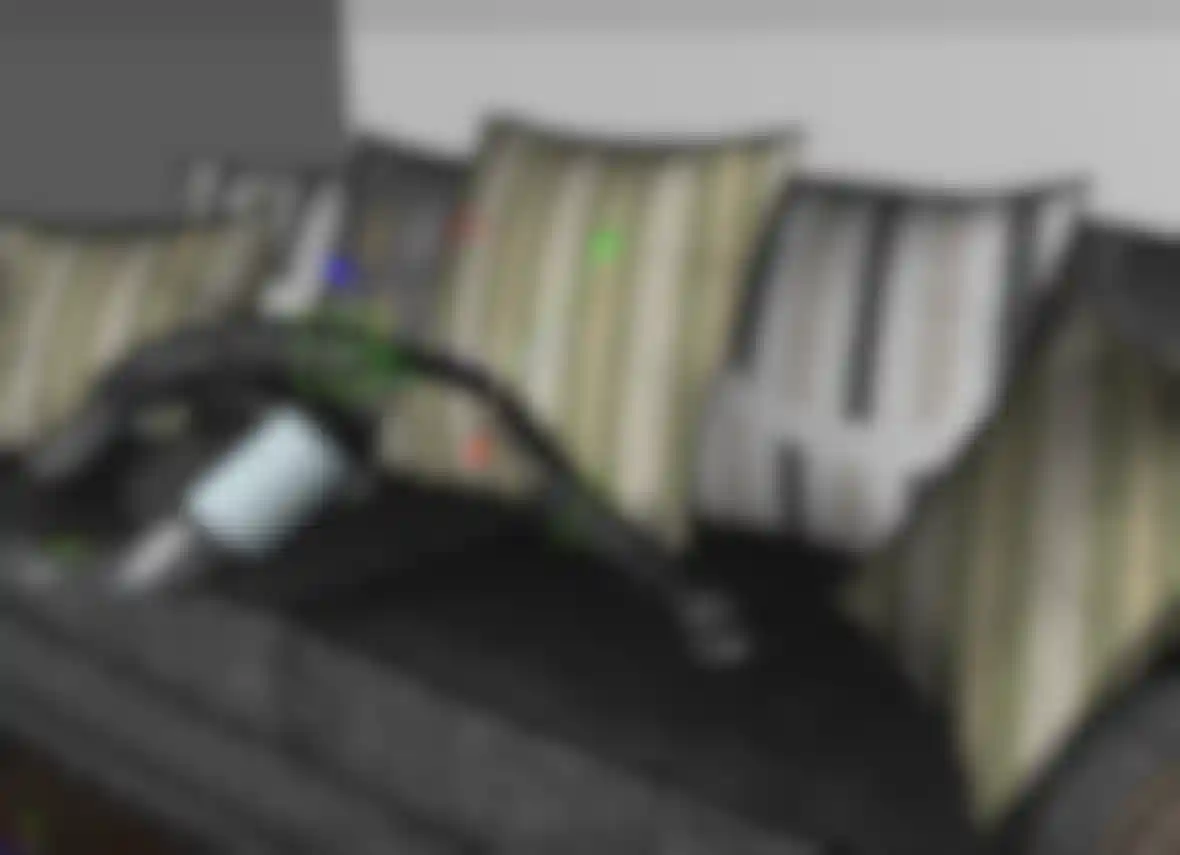
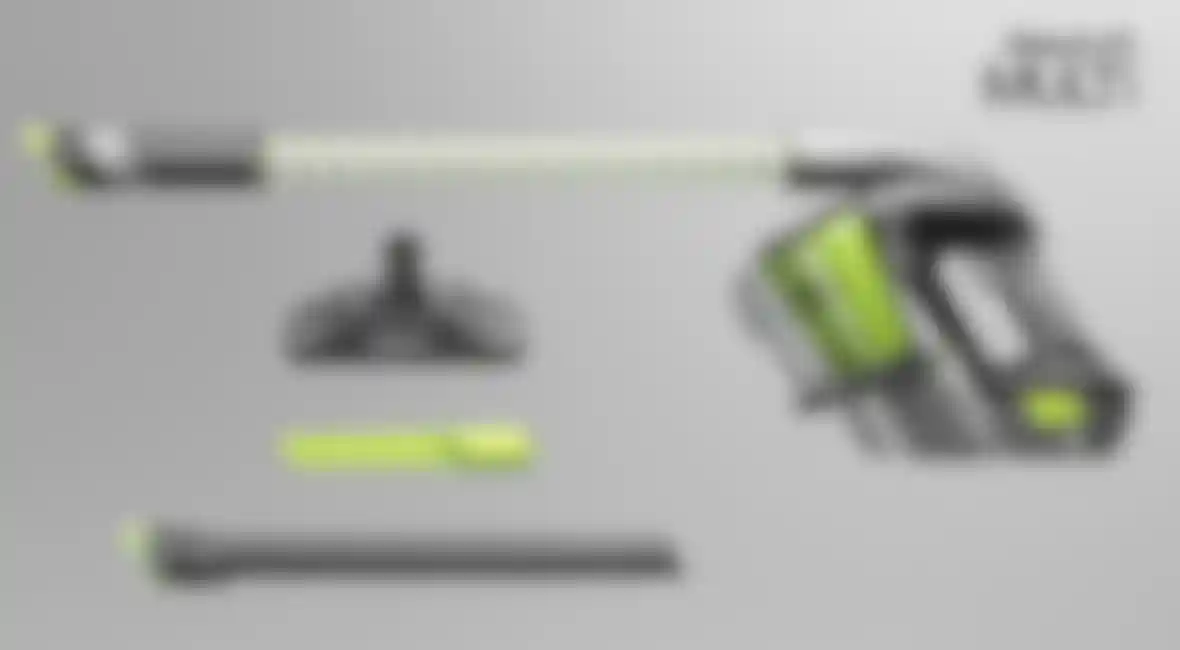
"One end null was placed inside the main body and the other end is placed in the attachment at the other end of the hose. The inner section of the hose is modeled as a low-res polygon object and matches the outer coil, which is created by a helix and circle in a Sweep Object. Beneath the helix and the inner hose geometry is a Spline Wrap modifier that uses the overall spline as a reference and binds both sections of the hose to it."
"The inner hose geometry then has a Cloth object as a parent that smooths out the hose and gives better results compared to the Subdivision Surface object. This means the helix coil doesn't distort along its length when stretched and keeps the coil uniform. Hand animating any jiggle and dynamic effects are simple and no spline dynamics were needed."
The animation was rendered using Chaos Group's V-Ray renderer via the VRAYforC4D bridge between Cinema 4D and V-Ray.
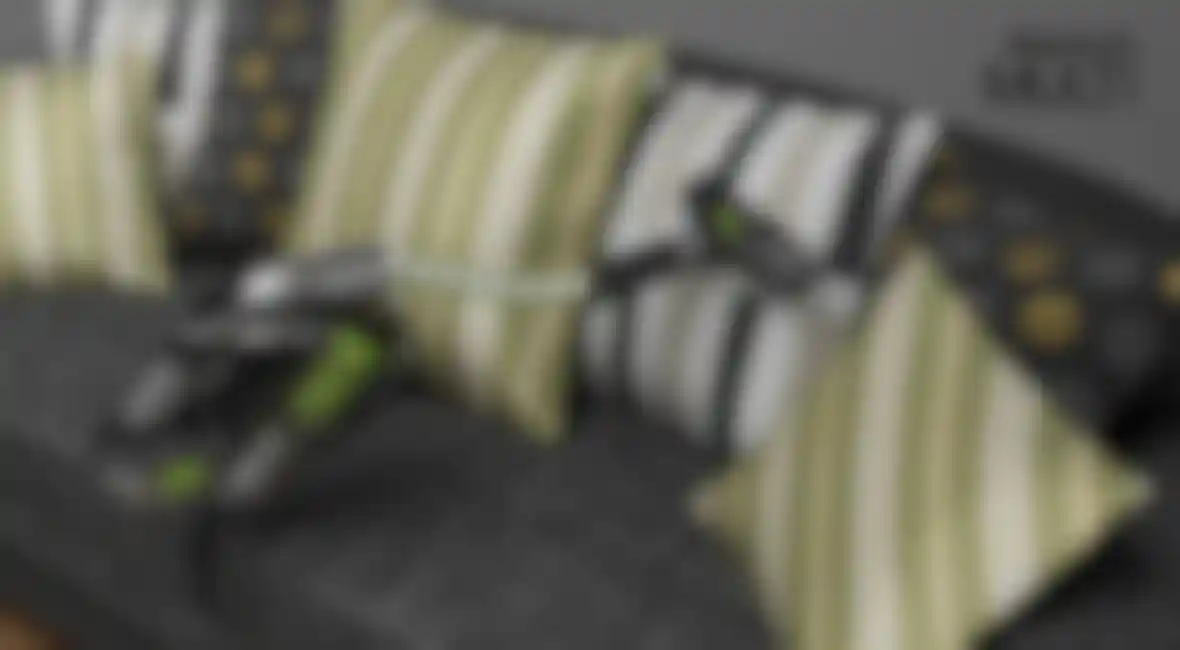
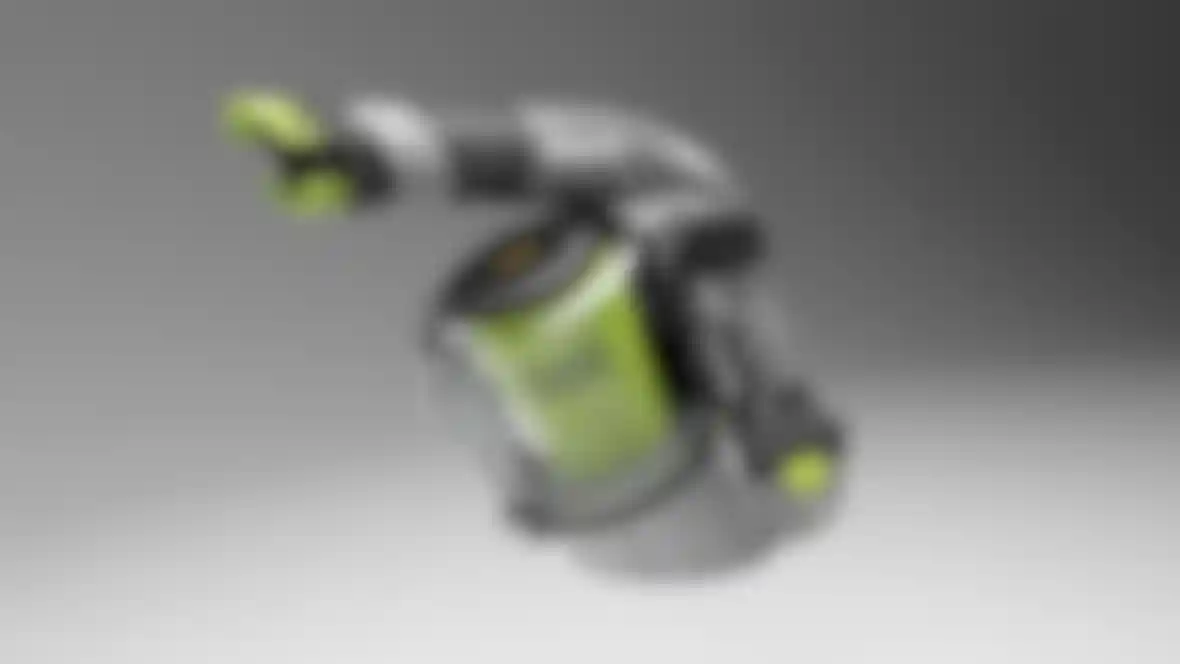
Emlyn notes that one of V-Ray's strengths is that it produces good-looking renders with relatively modest lighting. "We have several setups for the lighting and rendering in this animation," he says. "The white scenes were a simple infinity curve with a floor plane above, lit with several softbox lights. The interior scenes used similar softbox lights to keep the look of the product consistent throughout the animation. There are only four lights in each scene, except for the X-ray scenes, which had no lights and only luminous materials."
"The render times were high for some of the sections," he adds, "which were roughly 25 minutes per frame. We wished that multi-pass was as well supported as in Cinema 4D's Standard Renderer as it just works so well - luckily the beauty passes we got didn't require much adjustment in post."
The Gtech Multi was still in development during the project so material specification and samples were given to the Bomper team, which they then matched in V-Ray. "The client also wanted to enhance some of the reflectance of the grey materials for the main body to improve the look of the product," says Emlyn.
The 'X-ray' vacuum cleaner was made from parts of different models from previous projects with some scratch-built sections, and made to represent a generic competitor without actually looking like any specific model. The X-ray effect was achieved with various V-Ray materials consisting of a refraction layer and Fresnel luminosity in the color channel.
To recreate the effect of the X-ray vacuum sucking up debris, Bomper turned to a MoGraph Cloner with a selection of differently colored polygons. At specific locations in the vacuum they then placed planes with Thinking Particles attached using the same polygons as in the Cloner. "Using the TP Suction and TP Follow Spline [presets] the particles get sucked up the attachment and along the hose spline," explains Emlyn. "At the end was a TP destructor and inside the cylinder is a MoGraph object rotating with a number of polygons that grows as the animation runs, faking the build-up of particles."
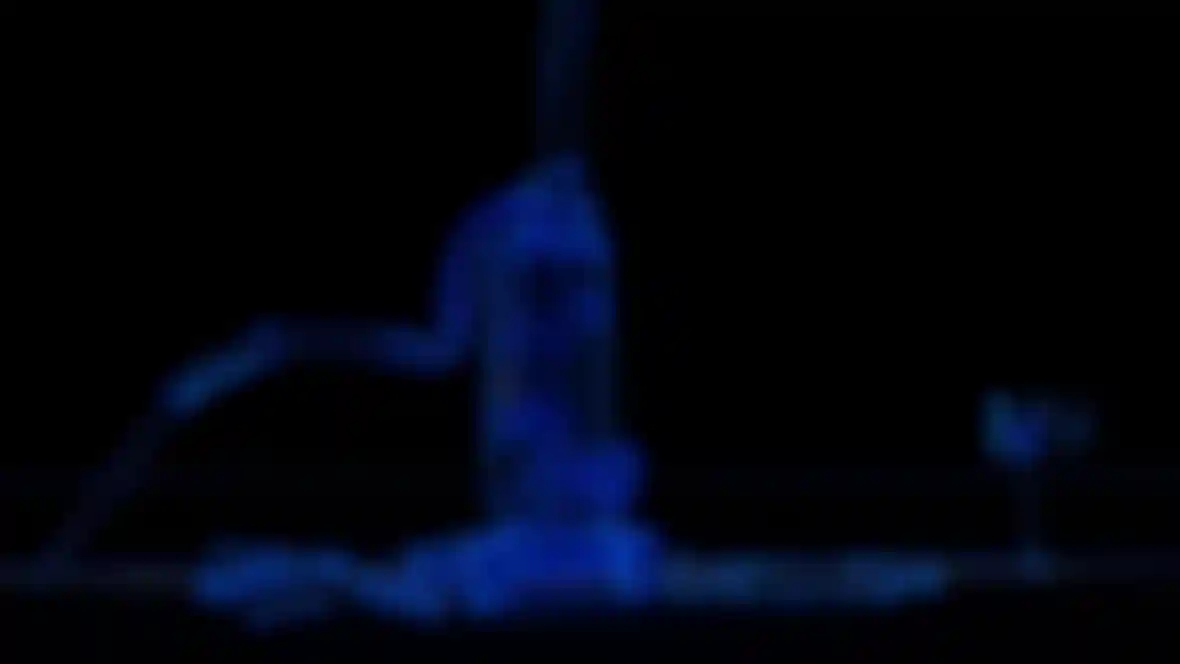

The sequence of emptying the Gtech into a pedal bin employed a hair object combined with a number of small polygons. Again, a MoGraph Cloner was used to represent small bits of debris, and a Random Modifier was used to affect the scale, position and rotation of the pieces - a result the team was pretty pleased with.
With another project successfully completed, Bomper's creative director has special praise for Cinema 4D, which he declares is "easy to use with spectacular results - the most intuitive software on the market and a joy to use daily."
Emlyn also name checks RebusFarms's render manager - the 'Farminizer' - which is integrated into Cinema 4D's interface and was "a dream to use and aided in the rendering workflow and file handling."
With the Gtech Multi animation successfully completed, Gtech UK called upon Bomper to create further animations for other models in the range. As well as the Gtech Multi, Bomper Studio has also visualized the massively popular Gtech AirRam and AirRam K9 Pet vacuum, the animations for which you can see here:
www.vimeo.com/98541567
www.vimeo.com/69198748
Bomper Studio website:
bomperstudio.com
